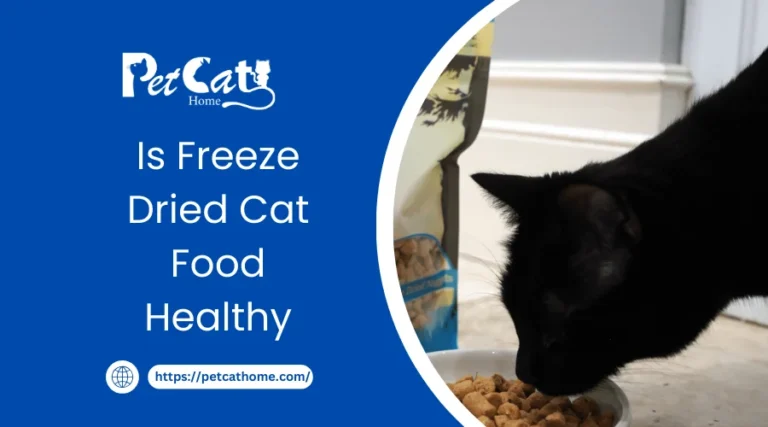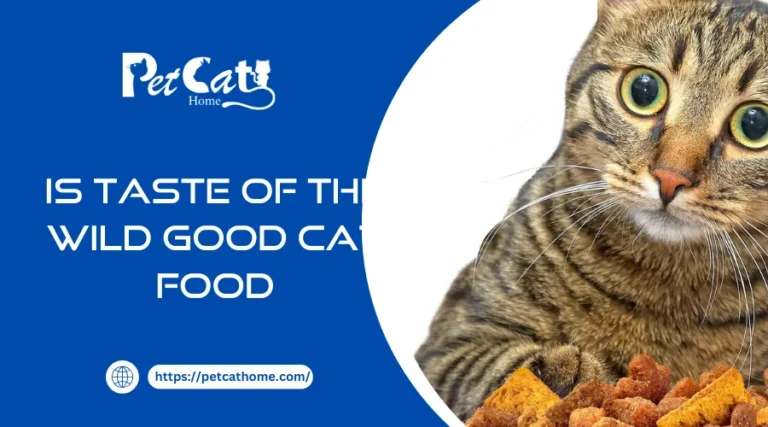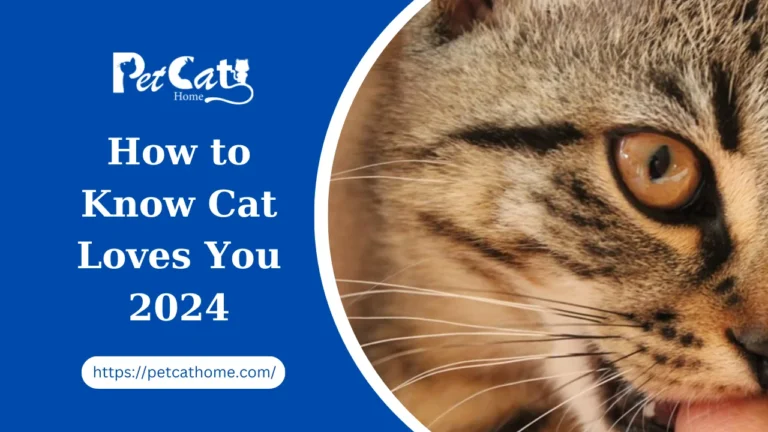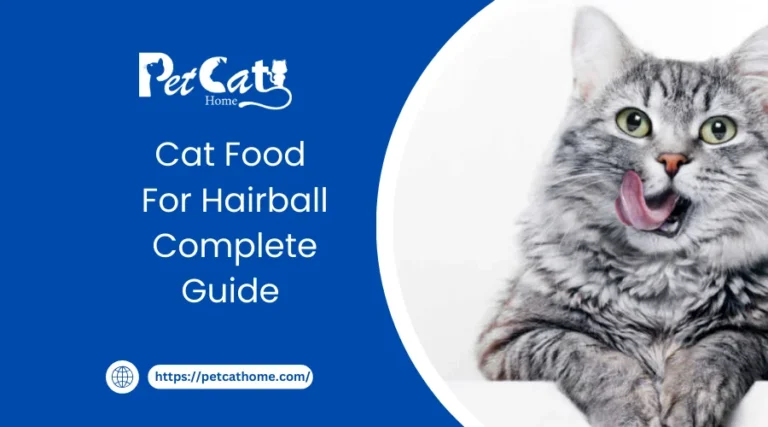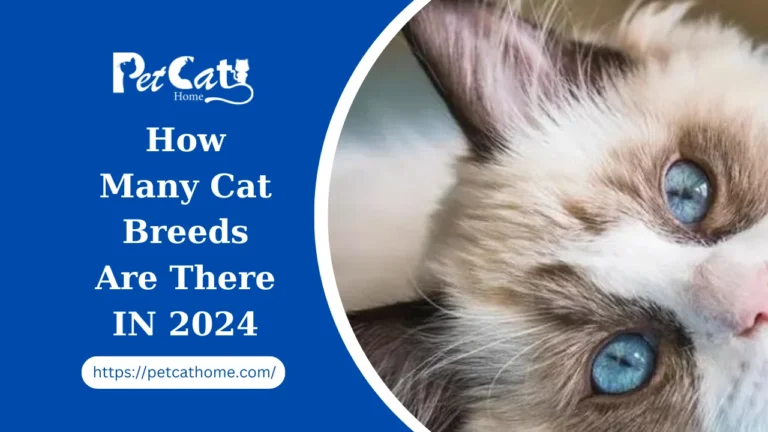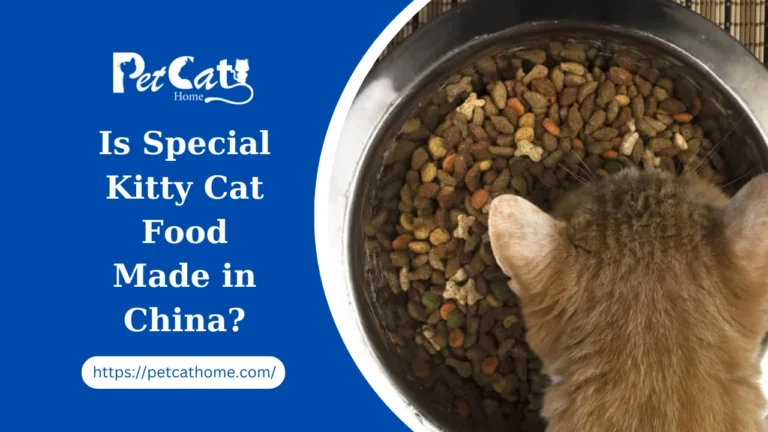Salmon Cat Food Wet Guide
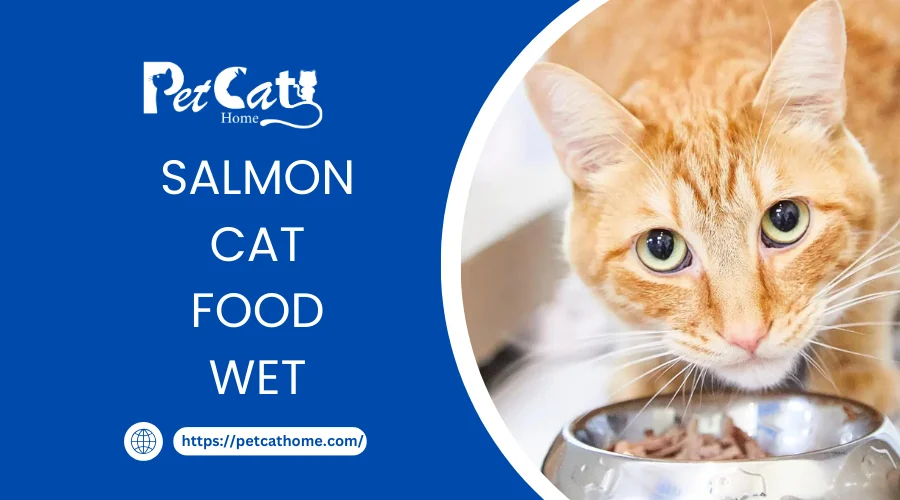
For many pet owners, it is of utmost importance to ensure their cherished feline friends are as healthy and happy as possible. Giving cats a healthy, well-balanced diet is essential to cat care. Because they are strictly meat eaters, cats have certain dietary needs that call for a diet high in protein, and salmon is an excellent source of protein.
Why Salmon Cat Food is Beneficial for Your Cat’s Health
High-Quality Protein Source
Because of its high protein content, salmon is a great option for cat diets. Protein is necessary for cats to retain lean muscle mass, develop good muscle mass, and maintain general vitality. Choosing salmon cat food gives your pet the essential nutrients it requires to flourish.
Essential Omega-3 Fatty Acids
Additionally, salmon is rich in omega-3 fatty acids, especially EPA and DHA. These vital minerals are critical for maintaining cats’ heart health, lowering inflammation, and bolstering their cognitive abilities. Wet cat food with salmon as an ingredient can help your feline have a lustrous coat, healthier skin, and more mobility in their joints.
Rich in Vitamins and Minerals
Salmon is high in protein and fatty acids known as omega-3, but it’s also a great source of many other vital vitamins and minerals for your cat’s general well-being. Salmon is a nutrient-dense food that can help your cat stay healthy and live long. It contains vitamins B and D for energy metabolism and calcium for bone health.
How to Choose the Best Salmon Wet Cat Food
Check the Ingredients List
Examining the ingredient list is essential when choosing salmon-wet cat food. Items with salmon as the main ingredient indicate a greater protein level. Avoid foods with artificial preservatives, fillers, and low-nutrient additions.
Consider Texture and Consistency
Because cats can be finicky eaters, it’s important to consider the consistency and texture of the salmon kitten food you select. While some cats love chunks or grains in gravy, others might prefer compositions in the style of pâté. Try a variety of textures to determine which one your cat prefers.
Evaluate Nutritional Content
Examine the wet cat food’s complete nutritional profile and salmon content. Seek goods designed to satisfy cats’ unique nutritional requirements, incorporating key vitamins, minerals, and taurine, an amino acid critical to their health. Choose wet salmon cat food to provide your pet with a comprehensive and well-balanced diet.
Tips for Salmon Wet Cat Food for Your Pet
Gradual Transition
It’s important to introduce salmon cat chow gradually into your pet’s diet. Over several days, gradually increase the percentage of salmon in the wet food for cats by starting with tiny amounts from the new meal combined with their regular diet. This gradual changeover gives your cat time to get used to the unfamiliar taste and texture while preventing intestinal discomfort.
Monitor Your Cat’s Response
Keep a close eye on how your cat responds to the salmon-flavored wet cat food. Look for indicators of happiness, like heightened curiosity during mealtimes, fervent eating, and happy purring. Furthermore, monitor their general health and stool consistency to ensure the new meal is well-absorbed.
Offer Variety
Try switching up the flavors and recipes of halibut wet cat food to avoid mealtime monotony and guarantee dietary variety. Adding variation to mealtimes helps your cat stay interested in eating and introduces them to various nutrients that are important for good health.

Life Cat wet food for cats with salmon flavor
With natural ingredients devoid of dangerous additives, Life Cat Warm Up Food for Cats has a salmon flavor made from natural components. It is designed to give domestic cats a balanced diet, promoting healthy growth and immune system support. Life Cat cat food is made to international quality standards, is high in energy and protein from nature to promote your cats’ natural growth, and is devoid of artificial colors and chemicals that are hazardous to cats’ health. Panda is the best pet and cat store, so shop there for all your cat food and supplies.
Product characteristics:
- Type of product: moist cat food
- Product: Life Cat;
- Weight: 70 g
- Principal components: salmon
Features of Life Cat wet cat food
- comprises 55% salmon, high in beneficial omega-3 fatty acids that can stop hair loss and promote shine.
- contains 12% protein, which is necessary for synthesizing muscle fibers and body cells.
- has 1% fat, transforming into the energy your pet needs to perform all its essential duties actively.
- Moisture 84% to provide your pet’s body with essential fluids and the moisture needed to avoid dehydration.
How to use
- To remove the wet food, open the bag and set it on a dry dish.
- Give your pet a portion appropriate for height, weight, and activity level. You can use up to two packs in a day.
- To add additional variety and nutrients, you can combine wet and dry meals.
- Cans that have been opened should be refrigerated and used within 48 hours.
- Ensure your pet has access to fresh, clean water at all times.
Is salmon wet food good for cats?
Because of its supposed health benefits and deliciousness, cat owners are starting to favor salmon wet food more and more. But is it better for our feline friends? This extensive guide explores the nutritional benefits, possible drawbacks, and factors to consider when feeding your cat salmon as a wet food.
Nutritional Value of Salmon Wet Food
Salmon is well known for its high protein level, a wealth of vitamins and minerals, and important fatty acids. When cooked as wet food, salmon retains much of its vitamin and mineral content, providing cats with a healthy, well-balanced meal.
Protein Content
Since cats are obligate carnivores—that is, they eat mostly meat—protein is crucial to their diet. Wet food made from salmon is a great source of high-quality protein that supports muscle growth, maintenance, and general health.

Omega-3 Fatty Acids
Salmon is abundant in omega-3 fatty acids, especially EPA (eicosapentaenoic acid) or DHA (fatty acid). These fats are essential for lowering inflammation, preserving a youthful appearance and coat, and promoting cognitive function.
Vitamins and Minerals
Wet cat food made with salmon contains nutrients and vitamins important for a cat’s health. These include phosphorus, B12 (vitamin), selenium, and vitamin D, which support healthy bones, the immune system, and general vitality.
Advantages of Salmon Wet Food for Cats
Palatability
The flavor and consistency of cod wet food appeal to many cats. Because of its rich aroma and soft texture, it’s easy to ensure that the pickiest eaters get enough nutrition.
Hydration
Wet food—including salmon varieties—has a higher moisture content than dry kibble. Cats must drink enough water to maintain healthy kidneys, a healthy urinary system, and overall hydration levels.
The moisture level of wet food—including salmon varieties—is higher than that of dry kibble. Cats need to drink enough water to maintain healthy kidneys, a healthy urinary tract, and normal hydration.
Digestibility
Wet food’s high moisture level makes it easier for cats to digest their food, especially those prone to digestive problems. Older cats or cats with dental issues may benefit most from this.
Weight Management
For overweight or obese cats, feeding cod wet food in moderate portions can help with weight management. Because of the higher moisture content, cats may consume fewer calories overall, which can help them feel fuller for longer.
Considerations Before Feeding Salmon Wet Food
Although salmon wet food has many advantages, there are a few things to consider before giving it to your cat.
Allergies and Sensitivities
Certain proteins, such as salmon, may cause allergies or sensitivities in certain cats. Before feeding salmon wet food, it’s crucial to watch for any negative reactions in your cat, such as scratching, upset stomach, or breathing problems.
Mercury Content
Particularly, wild-caught salmon could have traces of mercury in it. Even though these amounts are generally safe to eat, it’s still a good idea to switch up your cat’s diet and see a vet to ensure they’re getting a healthy dose of nutrients.
Dental Health
Wet food might not have the same orthodontic advantages as dry kibble despite being easier to eat and digest. Implementing dental care habits, such as giving dental treats or brushing their teeth regularly, can maintain your cat’s dental health.
Tips for Introducing Salmon Wet Food to Your Cat
Here are some pointers to make sure your cat’s diet transitions smoothly if you decide to add salmon wet food:
- Gradual Transition: Begin by combining a tiny quantity of your cat’s existing food with wet salmon food. Over a few days, progressively increase the amount of salmon wet food to give the cat’s digestive system time to acclimatize.
- Observation: During the changeover period, watch for any indications of gastrointestinal distress or allergic responses in your cat. If you have any negative effects, see your veterinarian as soon as possible.
- Variety: While wet cat food made of salmon can be a healthy choice, giving your cat a range of proteins is crucial to guarantee a balanced diet. To avoid food monotony and nutritional inadequacies, switch up your diet’s flavors and protein sources.
- Portion control: To avoid overfeeding and help your cat maintain a healthy weight, weigh your cat before giving them too much salmon-wet food. For individualized advice based on your cat’s weight, breed, age, and activity level, speak with your veterinarian or adhere to the feeding guidelines listed on the product label.
- Hydration: Ensure your cat always has access to clean water while giving it wet food. Water bowls should be placed in various areas of your home to promote hydration. If you want your cat to drink more, you might want to try purchasing a cat fountain.
- Storage: Store any leftover salmon wet meal appropriately to preserve freshness and avoid spoiling. Follow the manufacturer’s storage duration instructions and firmly seal the container before storing it in the refrigerator.
- Frequent Check-ups: Schedule routine veterinary examinations to monitor your cat’s general health and nutritional requirements. Your veterinarian can provide nutrition advice, control weight, and address any health issues related to your cat’s food.
Importance of Veterinary Consultation
It’s important to speak with your veterinarian before introducing halibut wet food or making any other major dietary adjustments for your cat. Experts in veterinary medicine can provide priceless insights and tailored advice based on your cat’s particular health condition, nutritional requirements, and any possible sensitivities or allergies.
- Assess General Health: Perform a comprehensive physical assessment and determine your cat’s general health status, considering any current medical issues or concerns that might affect their nutritional needs.
- Examine Nutritional Requirements: Discuss your cat’s dietary requirements in light of its age, pounds, activity level, and any underlying medical issues. A veterinarian can suggest dietary formulations or ingredients to suit your cat’s particular needs.
- Handle Allergies and Sensitivities: To reduce the chance of negative reactions, your veterinarian can suggest allergenic and limited-ingredient diets and assist in identifying possible triggers if your animal has a history of food-related allergies or sensitivities.
- Give feeding instructions: To guarantee that your feline friend’s introduction of cod wet food into his or her diet goes smoothly and successfully, provide advice on serving sizes, feeding schedules, and suitable dietary changes.
- Track Progress: Arrange follow-up consultations to track your cat’s advancement, discuss any issues or difficulties, and modify their nutrition plan.
You can guarantee that your cat gets the best nutrition possible and promotes their long-term well-being and health by speaking with a vet before introducing mackerel wet food or making any other dietary adjustments.
Final Thoughts
Wet salmon kibble can be a healthy supplement to your feline’s diet, providing a tasty and nutritious substitute for regular dry kibble. Salmon wet food’s high protein content, important fatty acid content, and higher moisture level can help your cat stay hydrated, be healthy overall, and look forward to meals.
Before making any nutritional adjustments, it’s crucial to take your cat’s specific needs, any potential allergens or sensitivities, and your veterinarian’s advice into account. A balanced and fulfilling food that supports your cat’s longevity can be given to them by you, provided you take the necessary safety precautions, keep an eye on their health, and consult a specialist.
FAQs
Is wet salmon food okay for every cat?
Many cats can benefit from eating salmon wet food, but individual aspects, including age, health, and dietary preferences, must be considered. To determine if salmon-wet food suits your cat, speak with your veterinarian.
Can eating wet salmon improve the health of the urinary tract?
Because it dilutes urine and promotes hydration, the higher moisture content of wet food—including salmon varieties—can benefit the urinary system. For particular advice on urinary health, however, speak with your veterinarian and ensure your pet is eating a balanced diet.
Does giving cats wet food containing salmon pose any risks?
Salmon wet food has numerous advantages, but it also carries certain hazards, including the possibility of parasites, mercury exposure, and bacterial contamination. It’s critical to choose premium, packaged salmon wet food and monitor your cat for any negative reactions.
Whenever should I give wet salmon food to my cat?
Various factors, like your cat’s size, age, activity level, and general health, can affect how often it feeds. Speak with your veterinarian to find the right feeding schedule and amount sizes for your cat’s specific needs.
Whenever should I give wet salmon food to my cat?
Various factors, like your cat’s size, age, activity level, and general health, can affect how often it feeds. Speak with your veterinarian to find the right feeding schedule and amount sizes for your cat’s specific needs.
How should wet food for salmon be kept fresh?
Any leftover salmon wet food should be carefully refrigerated in an airtight jar to preserve freshness and avoid rotting. Discard any unopened food that has been left out for a long time and adhere to the manufacturer’s storage recommendations.
Is the nutritional value of wet salmon food balanced?
Premium commercially prepared cod wet food is designed to give cats a comprehensive and well-balanced diet, including important nutrients such as minerals, vitamins, and protein. For adequate nutrition for your cat, you must choose reliable brands and speak with your veterinarian.
Conclusion
Although salmon wet food is a tasty and healthy choice for cats, it’s important to consider the advantages and disadvantages and take the necessary safety measures to protect your cat’s health. You may give your cat a healthy, balanced diet by choosing premium, professionally prepared halibut wet food, keeping an eye out for any negative reactions in your cat, and seeking individual advice from your veterinarian.
